Researchers at the University of Technology in Sydney have developed a new material that can keep roofs cooler than the air above them, even in direct sunlight.
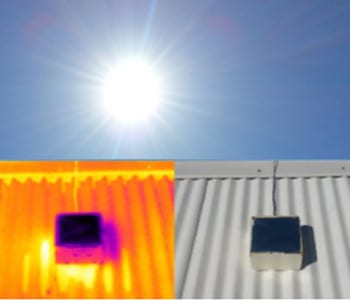

Researchers at the University of Technology in Sydney have developed a new material that can keep roofs cooler than the air above them, even in direct sunlight.
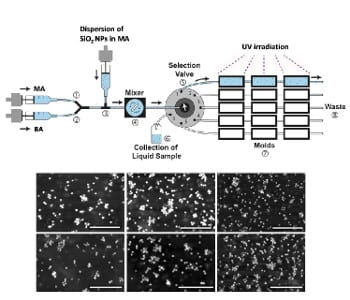
Researchers have developed a microfludic platform for high-throughput preparation of multicomponent photopolymerized nanocomposite films.

Touch- and brush-spinning methods for drawing of nanofibers, core–shell nanofibers, and their aligned 2D and 3D meshes have been developed.
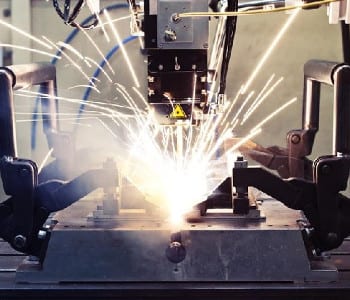
The project is currently developing a laser welding process for joining three-dimensional structures made of steel and aluminum in a hybrid design.
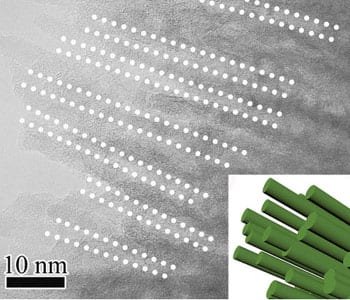
Hierarchical structuring in hybrid amorphous/crystalline nanowire bundles provides a promising anode material for lithium-ion batteries.
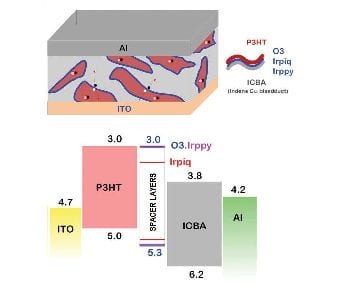
Inserting a spacer layer between the donor and the acceptor material of organic photovoltaic (OPV) devices enhances their power conversion efficiency.
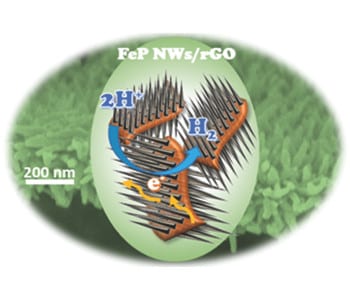
A new study in Advanced Science presents the development of a new nanocomposite material electrocatalyst for more efficient hydrogen production.
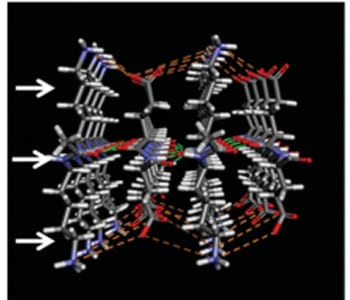
Japanese researchers successfully control the higher-ordered structure of an electrostatic assembly prepared from oppositely charged polypeptides.
Direct ink writing has been used to print ultra-lightweight microwave components directly from silicon carbide.
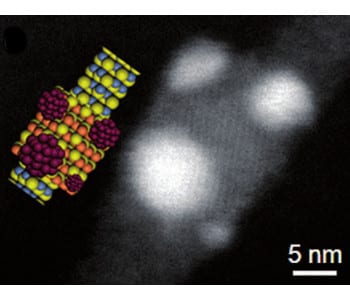
A Chinese research team has demonstrated the synthesis of unique one-dimensional heteronanostructures for photo-induced applications.